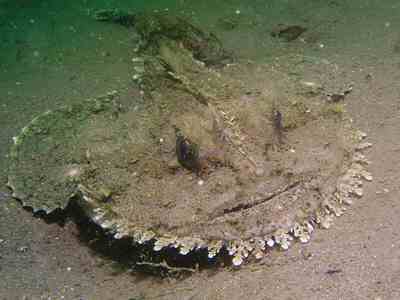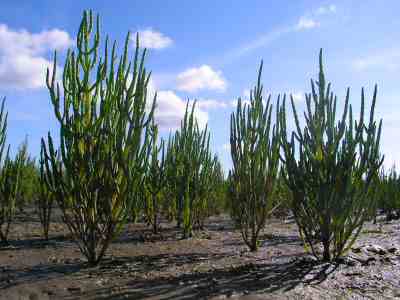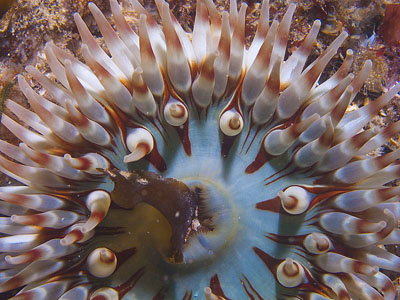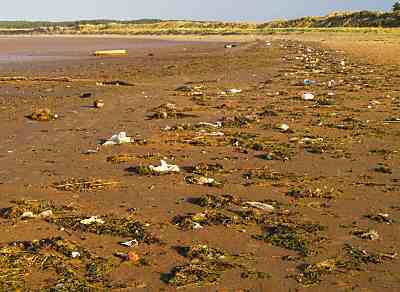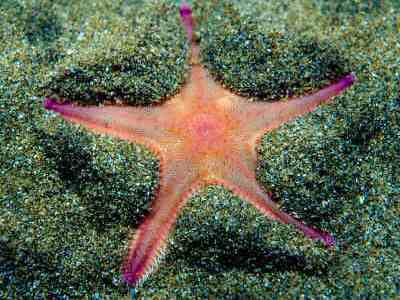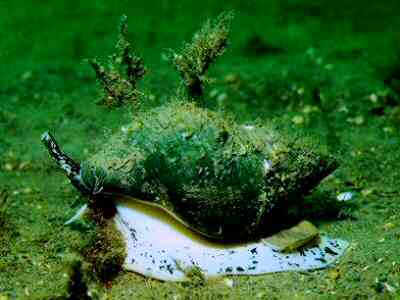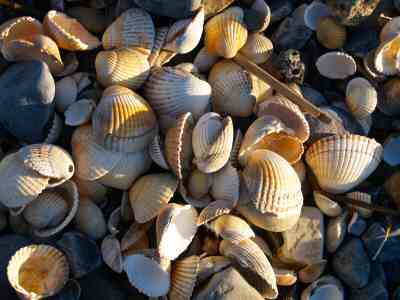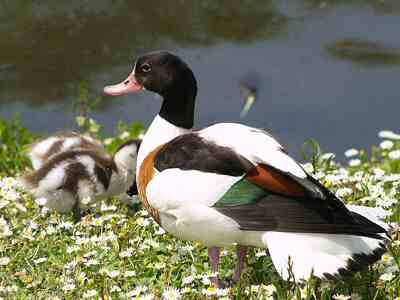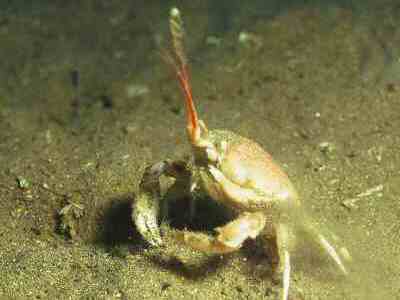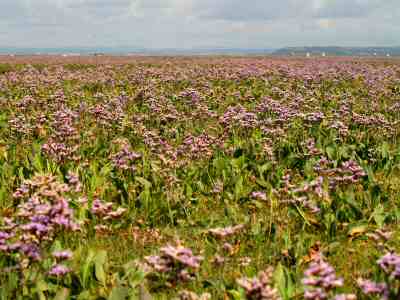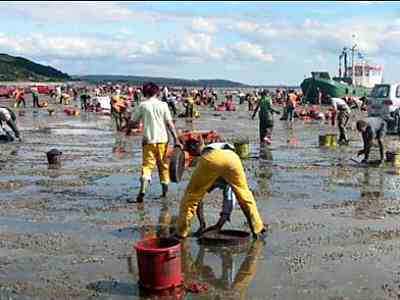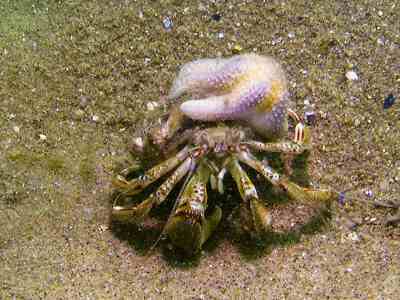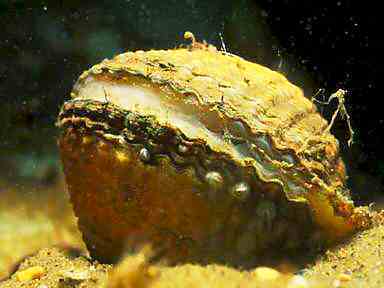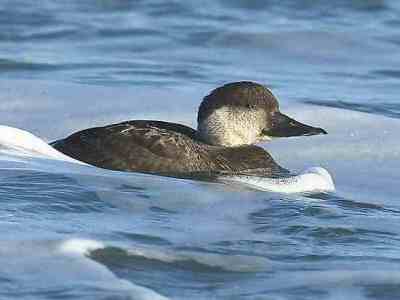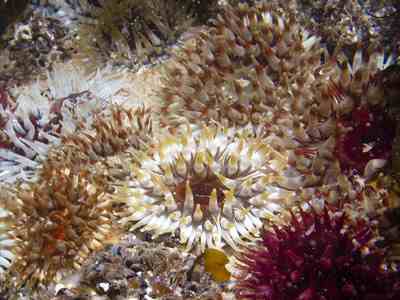Carmarthen Bay SPA
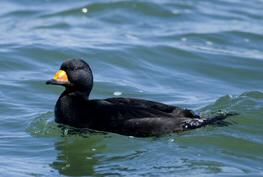 Carmarthen Bay SPA was the first fully marine SPA in the UK.  It is a single feature site, designated in June 2003 for the common scoter seaduck, Melanitta nigra.  The second marine SPA, Liverpool Bay, also a scoter site, was designated in August 2008.
Carmarthen Bay SPA was the first fully marine SPA in the UK.  It is a single feature site, designated in June 2003 for the common scoter seaduck, Melanitta nigra.  The second marine SPA, Liverpool Bay, also a scoter site, was designated in August 2008.
Common scoter have a global range extending from Iceland, Britain and Scandinavia eastwards across Siberia and arctic Russia to the Atlantic coast of North America.  In Europe, the ducks migrate from summer breeding sites in Iceland, Scandinavia and arctic Russia as far south as the Iberian peninsula and occasionally North Africa, where they over-winter in  flocks in shallow, sheltered waters.  Carmarthen Bay is mainly used by the birds as a refuelling and rest stop in these migrations, but some birds may over-winter here.
Common scoter are not only protected as a migratory species under the EC Birds Directive, they are listed for protection in the Bern Convention, the UK Wildlife & Countryside Act 1981 and are a UK Biodiversity Action Plan Species (for information on the UK scoter BAP click here).   The UK data sheet for Carmarthen Bay is available here.
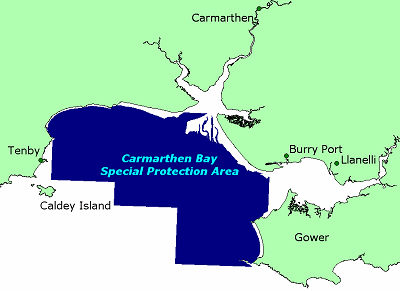 In the UK the common scoter is recognized as a nationally threatened species. Â More than 50% of the non-breeding population is found at fewer than ten sites and Carmarthen Bay is considered the most important, consistently recording peak numbers of 17,000-22,000 birds.
In the UK the common scoter is recognized as a nationally threatened species. Â More than 50% of the non-breeding population is found at fewer than ten sites and Carmarthen Bay is considered the most important, consistently recording peak numbers of 17,000-22,000 birds.
The population was badly impacted by the Sea Empress oil spill in 1996.  An estimated 4,700 scoter were killed (approximately 3,600 corpses were recovered and at least 1,100 more were assumed to have died) either directly, or indirectly from the pollution of food resources and poisoning of birds.
The recovery of over-wintering numbers was carefully monitored over the following years.   Very low numbers were present in Carmarthen Bay during the two winters after the oil spill, dropping to an average of 1,800 and a maximum of 2,900 in winter 1997-98.  But they increased rapidly the following winter and eventually peaked at an average of 19,700 and a maximum of 22,300 in 2002-03, after which there was a downward trend which continued until 2007-08. Since then numbers have fluctuated dramatically – with very high counts in winters 2009-10 and 2012-13 but low numbers in 2010-11.
During this time, much survey and research work was carried out to identify the most important habitats and feeding areas for scoter in Carmarthen Bay. Â Scoter feed by diving for shellfish and other invertebrate prey in sandy sediments and mostly in waters shallower than ten metres deep. Â High densities of easily accessible prey at shallow depth makes Carmarthen Bay so important as an migratory and over-wintering site for scoter.
The distribution of scoter in the Bay at any time reflects the density of the food resources which are themselves very variable depending on how abundant and where the various prey species are from year to year. Â The most consistent feeding areas are offshore from Amroth and Pembrey Sands and, occasionally, Rhossili Bay.

